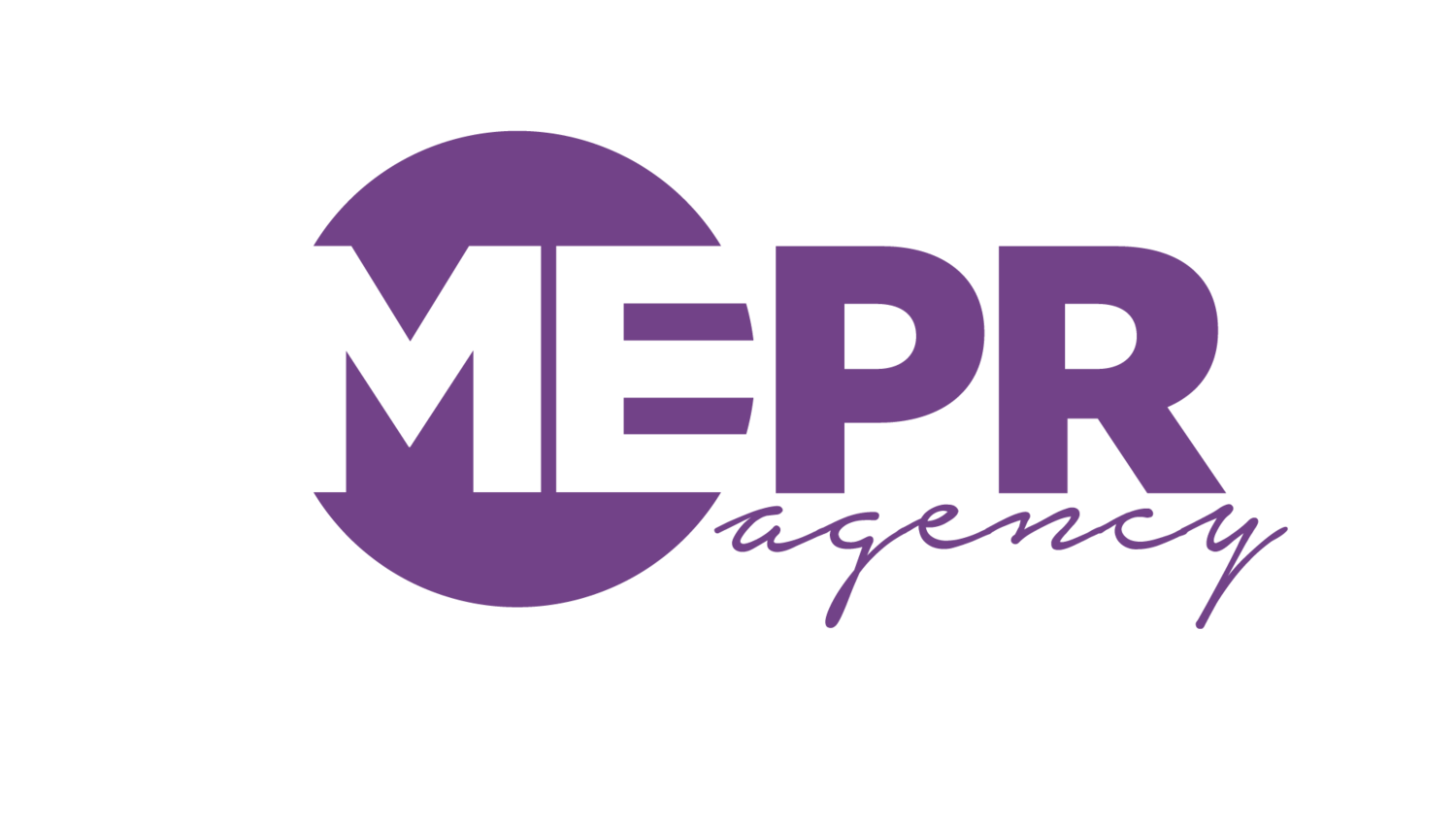A Designer Should Be A Researcher Too
Design and Research: When a Designer Needs To Be A Thinker Too!
You come in to your office Monday morning and you receive a freshly written creative brief. Blood rushes through your veins at the exciting prospect of a new project. You read through the brief and there is a catch: research. Your stomach drops and you break into a cold sweat.
Research, you ask? Yes, a dreaded word that we thought we would never hear again once we left school. But never fear, research can be fun, interesting, and stimulating. Yes, really.
A designer is more than a creator of pretty images or a typography pusher. A graphic designer needs to know how to think, and most importantly, how to research.
Creative and informative research can be a chance for you to shine in your department, if you do it well that is.
When starting a project, you can take the following steps to jump start your research:
1. Analyze your topic
As daunting as a research based project can be, it does not have to be painful. One strategy that has worked for me is to analyze my topic. When analyzing my topic, I ask myself the following questions:
Who is the research for?
What are my goals?
What questions do I need to answer?
When am I expected to have my research done? (Because let’s face it, research takes time.)
Where can I expect to find answers to my questions?
Why is this research so important to the final product?
These questions will help you ground yourself in your task and help you make a checklist of what you need to answer or prove through your research. This also helps you work through the initial nail biting associated with research. Remember, the answers are already there, you just need to dig a little.
2. List your sources
After you have answered the questions above, it’s time to list possible sources. Don’t be afraid of venturing out of your office and scouting a site related to your topic, or heading to the local library to tackle some books. Interestingly, librarians are always happy to help and point to towards any books that may be relevant to your search. And, they are very friendly people!
Depending on your city, you may be able to access online periodicals and articles such as JSTOR or an online copy of previously printed newspaper online. Don’t let the internet limit you. Books are still a powerful source for research in this digital age.
Online encyclopedias such as the encyclopedia Britannica are excellent sources.
Also, people can be sources too! Just be sure to bring a good audio recorder to interview your source.
3. Reading and Note Taking
After you have gathered some articles and books, it is time to jump into the hardest part: reading and taking notes. The idea of note taking is to condense what you are reading into small digestible snippets, to which you can later refer to when you are creating your document or design. You must take care to not copy any of the text you are reading. This is called plagiarism and it can get you into a lot of trouble. It can also hurt your credibility.
When writing notes about an article or book, I like to highlight key words and short facts. You can also hold facts on large index cards and catalog your research. Remember to always identify the book, article or website where you found the information along with the page number.
Tip: Fold a sheet of paper in half. Use one side for documenting your note and one side for documenting your source and page number. Also, be sure to make a note of whether you are taking language directly from the text or summarizing it.
By documenting your sources you will save time later on when you create you bibliography.
4. Outlining and Writing
We all have our own writing processes. That is totally okay. However, a strategy that has always worked for me is writing an outline.
Outlines help me chart the flow of my writing and keep track of the points I want to make. It also helps make my writing more coherent, and logical.
First, I write out my major key points that I want to address or prove. Then I bullet out the facts that support each idea. I can arrange my points and topics to create a smooth transition throughout my writing.
5. Credit your Sources
When researching and writing, one of the most important things is to always list your sources. This is done at the end of the project.
Recognizing your sources could be very confusing because of the conventions for creating a source. Luckily we have a time saver for you: www.citationmachine.net. This website is a super helpful source for automatic citations. Just fill in the blanks and this website will generate a citation for you. Remember to check to make sure they are accurate.
One of our guiding principles says: we do not just make pretty things, but we make meaningful things that are beautiful. Sound research helps us ensure we are producing meaningful work.
Tools:
Here are some links to interesting tools that you can use while writing your research document:
For research: https://www.britannica.com/
For citations: http://www.citationmachine.net/
For grammar: https://www.grammarly.com/


